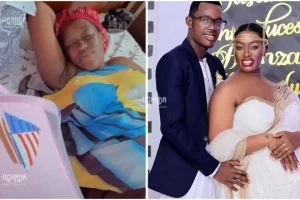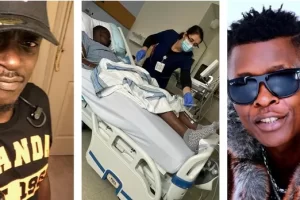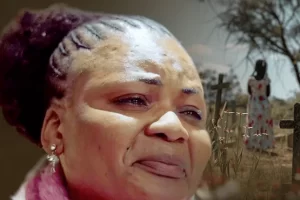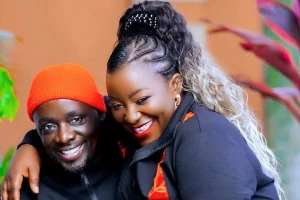Back in August 1993, young shopkeeper Clémentine Nakure was travelling to the north of the country when she claims she was detained by a group of henchmen loyal to former Rwandan intelligence chief Simbikangwa.
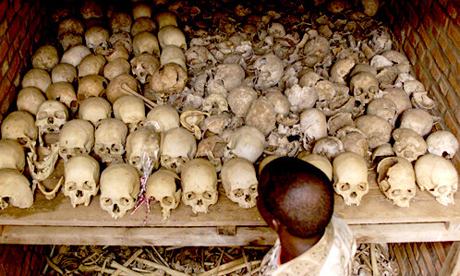
Nakure, an ethnic Tutsi, says she was taken to Simbikangwa’s office, where she was accused of involvement with the RPF (Rwandan Patriotic Front) – the predominantly Tutsi group that was then fighting the government of the Hutu president, Juvénal Habyarimana.
“When I arrived in his office Simbikangwa had a gun and a club,” said Nakure in an interview with FRANCE 24 in her native Rwanda. “He accused me of working for the intelligence services of the RPF. I replied, ‘I do not even know what you mean.’ With each answer, he struck me with the butt of the gun. Whenever I repeated ‘forgive me, I’m not a spy,’ he continued to hit me again and again,” she said, dabbing her eyes.
Nakure is one of the few people who agreed to testify against Simbikangwa, a former army captain and intelligence officer who is currently facing genocide and war crimes charges in a Paris court.
On Tuesday, Simbikangwa was wheeled into a glassed-in area of the courtroom at the start of a landmark trial that marks a turning point in France’s troubled relationship with Rwanda since the 1994 genocide, in which at least 800,000 people were killed.
Wearing a brown jacket and white tracksuit bottoms, Simbikangwa – a frail, bald man who has been wheelchair-bound since a 1986 car accident – made a brief opening statement at the trial. The defendant denies involvement in the genocide.
‘You can no longer talk about the death squads’
But thousands of miles away, in his native Rwanda, this seemingly defenseless, infirm 54-year-old still evokes chilling memories among the survivors of the tragedy.
Sam Gody, a former editor of a leading Rwandan newspaper, was one of the few journalists who had the courage to criticise Habyarimana’s dictatorial regime. Twenty years later, Gody is one of the key witnesses in the Simbikangwa trial.
The veteran journalist claims he was kidnapped and tortured for four days after publishing an editorial that portrayed Simbikangwa as the leader of death squads comprised of men armed with machetes and carefully-prepared lists, who combed through neighbourhoods killing ethnic Tutsis and Hutu moderates.
According to Gody, he was detained for four days, after which, “Captain Simbikangwa called me for the fourth time to his office. He told me, ‘I will grant you mercy under one condition: You can write anything about the president, you can write anything about the ministers…but you can no longer talk about the death squads,” said Gody in an interview with FRANCE 24 in the Rwandan capital of Kigali.
Some of Gody’s articles and editorials are now preserved at the IWACU center in Kigali, which houses a genocide archive in the Nyakabanda neighborhood. Simbikangwa is also accused of organizing blockades wherein Tutsis were arrested or executed. Emmanuel Harindintwari, a former militiaman for the Hutu paramilitary Interahamwe, claims he worked at one of the blockades under Simbikangwa’s orders.
“He was someone important, a captain. He toured the city in his car and gave orders, all the instructions. He said that the Tutsis should die. He scoured all areas of the city to give us instructions,” explained Harindintwari.
After nine years in jail, Harindintwari has started a new life as a motorcycle taxi driver. But memories of the 1994 bloodbath continue to haunt him – and the survivors of the massacres – as Rwanda approaches the twentieth anniversary of the genocide.

